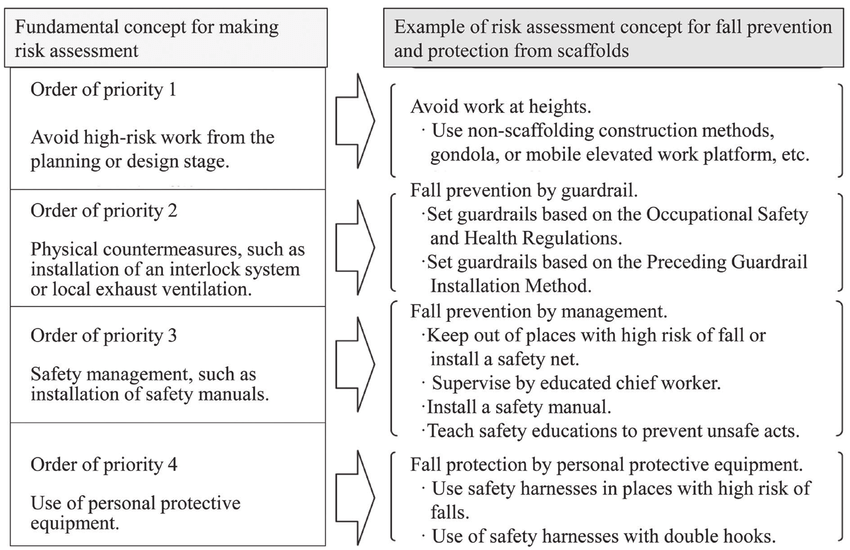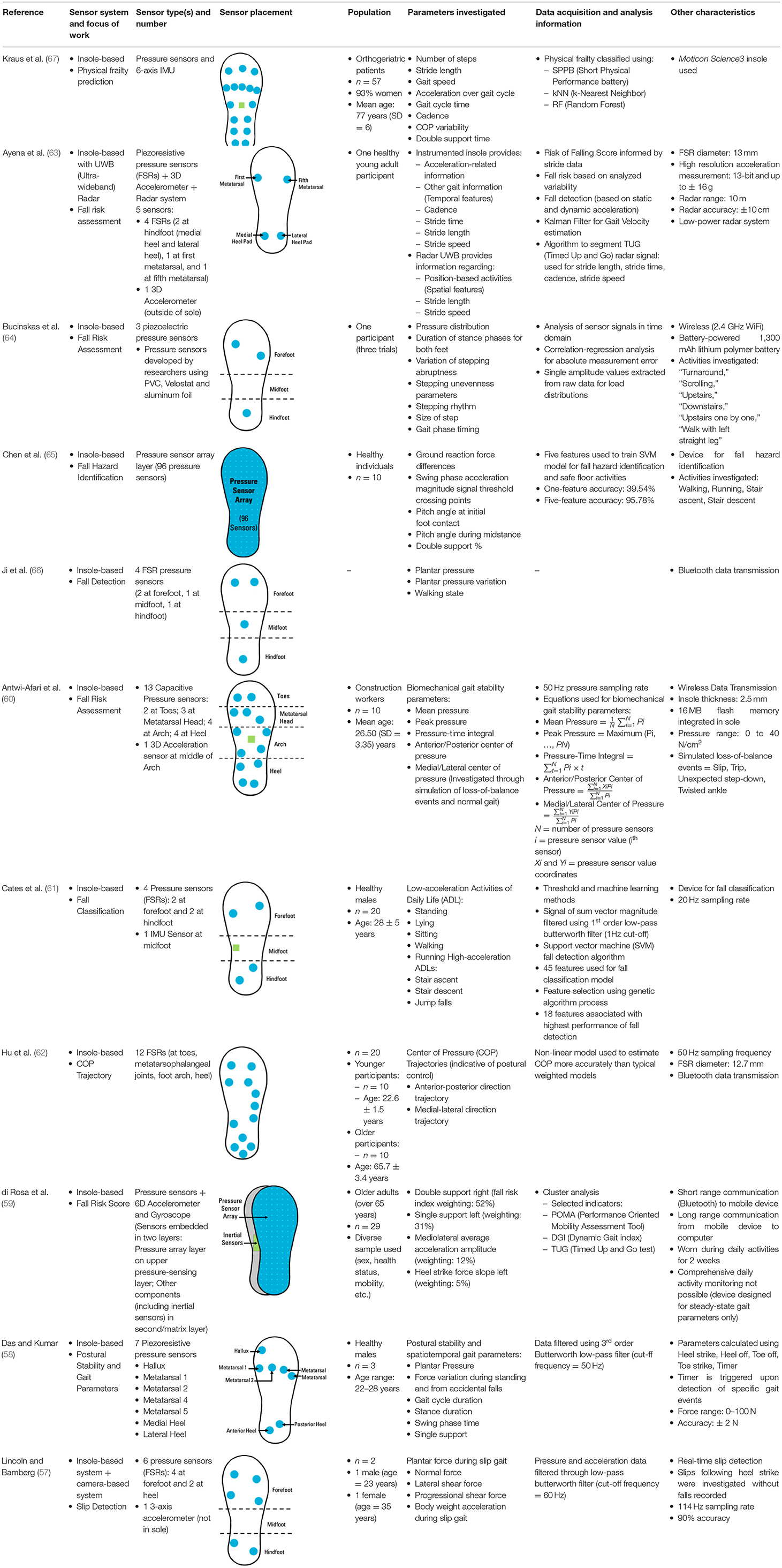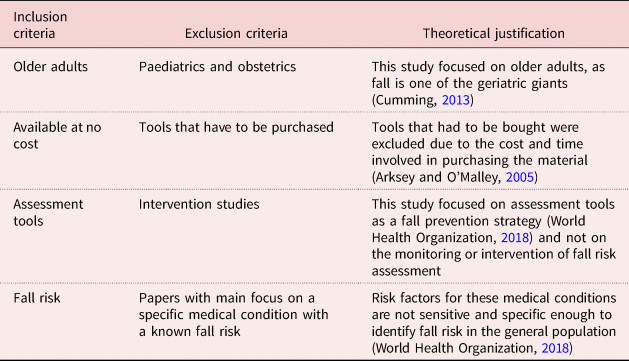What Does Dementia Fall Risk Mean?
What Does Dementia Fall Risk Mean?
Blog Article
Not known Factual Statements About Dementia Fall Risk
Table of ContentsAn Unbiased View of Dementia Fall Risk8 Easy Facts About Dementia Fall Risk ShownDementia Fall Risk - TruthsDementia Fall Risk for Beginners
A fall danger assessment checks to see how likely it is that you will fall. The evaluation normally consists of: This consists of a collection of concerns regarding your total wellness and if you've had previous drops or troubles with equilibrium, standing, and/or walking.STEADI consists of testing, analyzing, and treatment. Treatments are referrals that might minimize your threat of dropping. STEADI consists of three actions: you for your threat of succumbing to your danger elements that can be boosted to attempt to stop falls (as an example, balance problems, impaired vision) to decrease your threat of falling by making use of reliable methods (as an example, providing education and resources), you may be asked a number of questions including: Have you dropped in the previous year? Do you really feel unstable when standing or strolling? Are you bothered with dropping?, your company will check your stamina, equilibrium, and gait, utilizing the following loss assessment devices: This test checks your gait.
You'll sit down once again. Your provider will certainly examine how much time it takes you to do this. If it takes you 12 secs or more, it might mean you are at greater danger for a loss. This examination checks strength and equilibrium. You'll rest in a chair with your arms crossed over your chest.
The settings will get harder as you go. Stand with your feet side-by-side. Relocate one foot midway forward, so the instep is touching the huge toe of your various other foot. Move one foot fully in front of the other, so the toes are touching the heel of your other foot.
All About Dementia Fall Risk
Many falls happen as an outcome of several contributing variables; as a result, handling the danger of falling starts with determining the aspects that add to drop danger - Dementia Fall Risk. A few of one of the most pertinent risk factors consist of: History of previous fallsChronic clinical conditionsAcute illnessImpaired gait and equilibrium, lower extremity weaknessCognitive impairmentChanges in visionCertain high-risk drugs and polypharmacyEnvironmental aspects can additionally boost the threat for drops, including: Inadequate lightingUneven or harmed flooringWet or unsafe floorsMissing or damaged hand rails and order barsDamaged or poorly equipped equipment, such as beds, mobility devices, or walkersImproper use of assistive devicesInadequate supervision of the people staying in the NF, consisting of those who show aggressive behaviorsA successful loss danger administration program calls for a detailed clinical analysis, with input from all members of the interdisciplinary team

The treatment plan need to also include interventions that are system-based, such as those that advertise a risk-free environment (appropriate illumination, handrails, get bars, etc). The efficiency of the interventions ought to be evaluated regularly, and the treatment plan revised as needed to mirror changes in the loss danger assessment. Applying an autumn threat monitoring system Going Here using evidence-based finest technique can lower the prevalence of drops in the NF, while restricting the capacity for fall-related injuries.
Dementia Fall Risk Can Be Fun For Anyone
The AGS/BGS guideline recommends screening all adults aged 65 years and older for fall risk every year. This screening is composed of asking people whether they have actually dropped 2 or even more times in the past year or sought medical focus for a loss, or, if they have actually not dropped, whether they feel unsteady when walking.
Individuals who have actually fallen once without injury must have their equilibrium and gait assessed; those with stride or equilibrium abnormalities should obtain extra assessment. A history of 1 loss without injury and without gait or balance troubles does not warrant additional assessment past continued annual Your Domain Name loss danger testing. Dementia Fall Risk. A fall threat analysis is required as component of the Welcome to Medicare examination

Dementia Fall Risk - An Overview
Documenting a drops history is just one of the high quality indicators for autumn avoidance and management. A critical part of threat evaluation is a medication evaluation. Numerous classes of medicines enhance fall risk (Table 2). Psychoactive medicines particularly are independent forecasters of falls. These drugs tend to be sedating, alter the sensorium, and hinder equilibrium and gait.
Postural hypotension can usually be reduced by lowering the dose of blood pressurelowering medicines and/or quiting drugs that have orthostatic hypotension as a side effect. Usage of above-the-knee assistance hose and copulating the head of the bed boosted may likewise minimize postural reductions in high blood pressure. The suggested aspects of a fall-focused physical assessment are displayed in Box 1.

A Yank time greater than or equal to 12 seconds suggests high autumn risk. Being unable to stand up from a chair of knee elevation without making use of one's arms indicates boosted fall threat.
Report this page